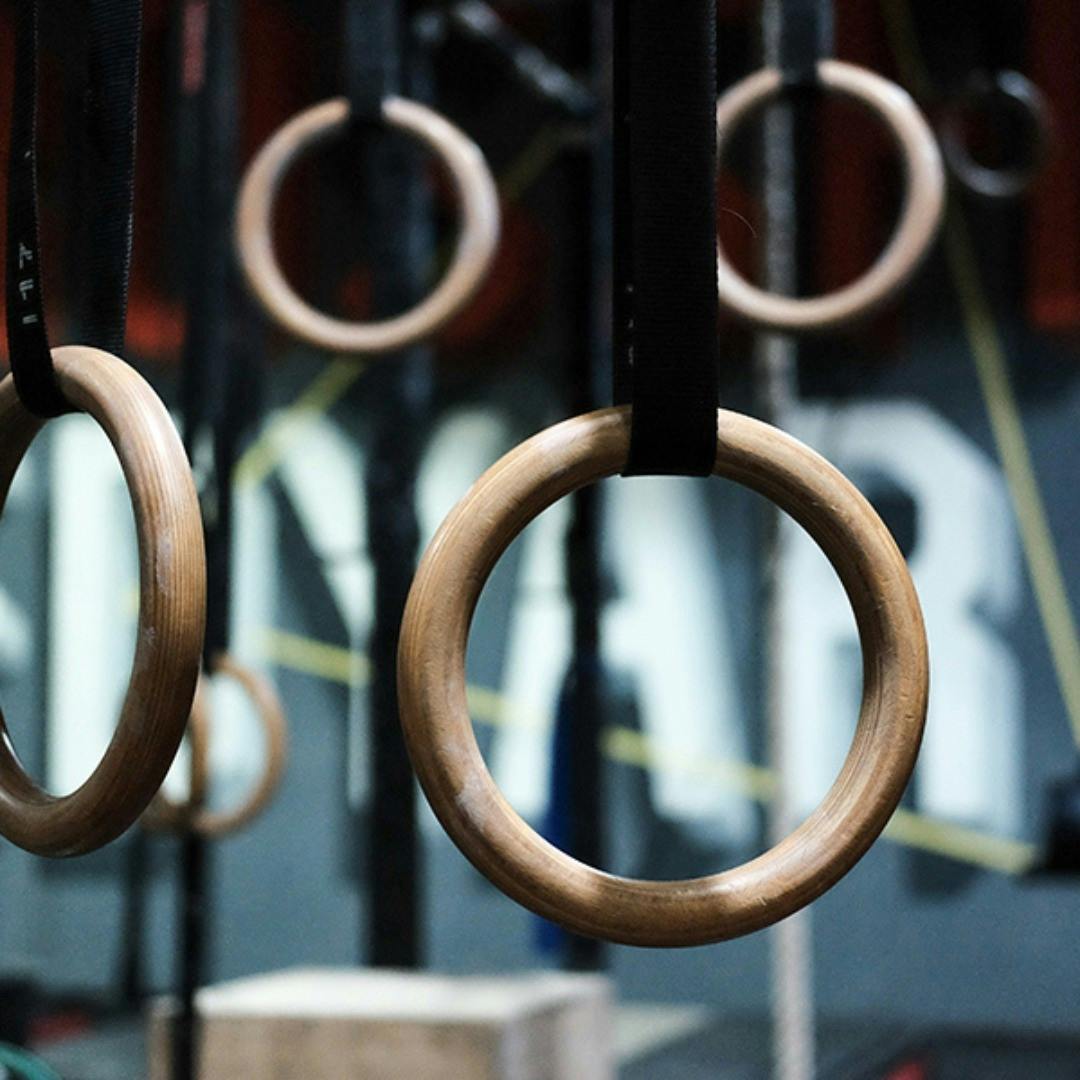
Are you tired of doing the same exercises day in and day out, without seeing the desired results? Boredom and lack of progress can hinder your fitness journey. It's time to shake things up!
In the world of fitness, variety is the spice of life. Frequently changing exercises in your workout routine is not just about breaking the monotony; it plays a vital role in maximizing your fitness gains.
In this blog post, we will explore the importance of frequently changing exercises and how it can benefit your overall fitness journey.
Introduction
Regularly changing your exercise routine offers a myriad of advantages that go beyond mere novelty. It helps prevent plateaus, challenges your muscles in new ways, and keeps you motivated. By embracing exercise variation, you can unleash your body's potential and achieve your fitness goals more effectively.
Whether you're a beginner or a seasoned fitness enthusiast, understanding the significance of incorporating variety into your workouts will provide you with the tools to optimize your fitness regimen. Let's dive into the benefits of frequently changing exercises and discover practical tips for implementing this approach into your fitness routine.
Benefits of Frequent Exercise Variation

Avoiding Plateaus
Our bodies are highly adaptable machines. When we consistently perform the same exercises, our muscles become accustomed to the stress and adapt accordingly. As a result, we may experience a plateau in our progress, where gains become stagnant. By frequently changing exercises, we prevent our bodies from reaching this plateau and continuously challenge our muscles in new ways. This leads to ongoing improvements in strength, endurance, and overall fitness levels.
Muscle Confusion
The concept of muscle confusion revolves around the idea that when we subject our muscles to new and unfamiliar movements, they are forced to adapt and grow. Changing exercises regularly introduces new stimuli to our muscles, keeping them guessing and preventing adaptation. This muscle confusion stimulates muscle fibers and promotes growth, resulting in improved muscle tone, definition, and overall aesthetics.

Preventing Boredom
Let's face it, performing the same exercises day after day can quickly become monotonous and dull. This boredom not only affects our motivation but can also lead to a decline in consistency and adherence to our workout routine. By incorporating a variety of exercises, we keep our workouts interesting and engaging. Trying new movements, workout styles, or fitness classes adds an element of excitement and anticipation, making exercise something to look forward to rather than a chore.
Injury Prevention
Repetitive strain on the same muscles and joints can increase the risk of overuse injuries. When we change exercises frequently, we distribute the workload across different muscle groups, reducing the strain on specific areas. This balanced approach helps prevent muscle imbalances and overuse injuries, ensuring the long-term sustainability of our fitness journey. By diversifying our movements, we also develop strength and flexibility in various muscle groups, enhancing overall functional fitness and reducing the likelihood of injury.
Incorporating frequent exercise variation into your routine not only enhances your physical results but also keeps your workouts fresh, engaging, and injury-free. In the next section, we will explore the psychological impact of regularly changing exercises and how it can further enhance your fitness experience.
Psychological Impact
Boosting Motivation

One of the biggest challenges in maintaining a consistent workout routine is staying motivated. The excitement and novelty of trying new exercises can reignite your motivation and enthusiasm for fitness. Each new exercise brings a sense of accomplishment and progress, fueling your determination to continue pushing yourself. By incorporating variety, you create an ever-evolving journey that keeps you engaged and motivated to reach your fitness goals.
Mental Stimulation
Our brains thrive on novelty and new challenges. When we engage in different exercises, we activate different neural pathways and stimulate cognitive function. Learning and mastering new movements require focus, concentration, and coordination, which help improve our brain's agility and overall cognitive abilities. By constantly introducing new exercises, we provide mental stimulation that goes beyond physical benefits, enhancing our cognitive well-being.
Enhancing Enjoyment

Variety is the spice of life, and it applies to our fitness journey as well. Changing exercises not only adds physical benefits but also injects an element of enjoyment into our workouts. Trying different activities, such as dance classes, martial arts, or outdoor sports, can bring a sense of adventure and playfulness to your fitness routine. Enjoying your workouts not only makes them more satisfying but also increases the likelihood of sticking to your fitness regimen in the long run.
By recognizing the psychological impact of frequently changing exercises, you can tap into the mental benefits of fitness beyond the physical gains. In the following section, we will delve into the specific physical advantages of incorporating exercise variation into your routine.
Physical Benefits
Well-rounded Fitness

Incorporating a variety of exercises into your routine ensures that you target different muscle groups and aspects of fitness. By engaging in a mix of cardiovascular exercises, strength training, and flexibility training, you develop a well-rounded fitness foundation. Cardiovascular exercises, such as running or cycling, improve your heart health and endurance. Strength training exercises, like weightlifting or bodyweight exercises, help build strength and muscle mass. Flexibility training, such as yoga or stretching, enhances your range of motion and joint mobility. By diversifying your workouts, you optimize your overall fitness and achieve a balanced physique.
Balanced Development
Repetitive exercises can sometimes lead to muscle imbalances, where certain muscle groups become overdeveloped while others are neglected. This imbalance can lead to poor posture, compromised movement patterns, and increased risk of injuries. By frequently changing exercises, you ensure that all muscle groups are engaged and developed proportionally. This balanced approach promotes proper alignment, functional movement, and overall symmetry in your physique.
Improved Flexibility and Mobility

Incorporating exercises that target different muscle groups and movement patterns promotes flexibility and mobility. Activities like yoga, Pilates, or dynamic stretching improve your joint range of motion and muscular flexibility. Increased flexibility allows you to move more freely, enhances athletic performance, and reduces the risk of muscle strains or injuries. By introducing exercises that challenge your flexibility, you unlock your body's full potential and improve overall functional fitness.
Enhanced Metabolic Response
Changing exercises frequently can have a positive impact on your metabolism. When you engage in new movements, your body may need to recruit additional muscle fibers and expend more energy to perform the exercise effectively. This increased muscle activation and energy expenditure can contribute to a higher metabolic rate both during and after your workout. As a result, your body becomes more efficient at burning calories, promoting weight loss or weight maintenance goals.
Incorporating exercise variation into your routine not only enhances your physical results but also improves your overall functional fitness, reduces the risk of imbalances or injuries, and boosts your metabolic response. In the next section, we will provide practical tips on how to implement frequent exercise variation into your fitness routine for maximum benefits.
Practical Tips for Frequent Exercise Variation
Incorporating Different Modalities
To introduce variety into your exercise routine, consider incorporating different modalities of fitness. Mix cardiovascular activities like running, swimming, or cycling with strength training exercises such as weightlifting or bodyweight exercises. Include flexibility-focused workouts like yoga or Pilates to promote mobility and balance. By diversifying the types of exercises you engage in, you target different aspects of fitness and keep your workouts interesting.
Trying New Workouts and Classes
Explore new workout styles or fitness classes to challenge your body in different ways. Attend a dance class, martial arts session, or boot camp. Try a high-intensity interval training (HIIT) workout or a circuit training routine. Participate in group fitness classes like spinning, Zumba, or kickboxing. Each new workout or class brings unique movements, challenges, and energy, keeping your workouts fresh and exciting.
Modifying Existing Exercises
You can introduce variation by making simple modifications to familiar exercises. For example, if you usually perform standard push-ups, try incorporating different variations like incline push-ups, decline push-ups, or diamond push-ups. Modify your squats by performing sumo squats, pistol squats, or jump squats. These modifications engage different muscle groups and add variety to your workout routine.
Seeking Professional Guidance
Consider consulting with a certified personal trainer or fitness expert who can provide personalized guidance and exercise recommendations. They can assess your current fitness level, goals, and limitations, and design a customized workout plan that incorporates a variety of exercises suitable for you. Their expertise will ensure that you safely and effectively incorporate exercise variation into your routine.
Remember, the key to reaping the benefits of frequent exercise variation is consistency. Aim to change exercises or incorporate new activities every few weeks or months to continuously challenge your body. By embracing variety and trying new exercises, you will not only enhance your physical results but also enjoy a more engaging and rewarding fitness journey.

In the final section of this blog post, we will summarize the importance of frequently changing exercises and provide closing thoughts to inspire readers to embrace exercise variation as an integral part of their fitness routine.
Conclusion
Throughout this blog post, we have explored the significance of incorporating exercise variation into your fitness routine. We discussed how it helps you avoid plateaus, stimulates muscle growth through muscle confusion, prevents boredom, and reduces the risk of injuries. Additionally, we highlighted the psychological impact of exercise variation, including boosted motivation, mental stimulation, and enhanced enjoyment.
Variety truly is the spice of life, and the same applies to your fitness journey. Embracing exercise variation allows you to tap into your body's full potential, optimize your results, and enjoy the process along the way. By incorporating different exercises, trying new workouts or classes, and seeking professional guidance, you can create a diverse and engaging fitness routine that keeps you motivated and excited to continue.
Remember that fitness is a lifelong journey, and as you progress, your body adapts. To continue seeing improvements and avoiding stagnation, it's essential to regularly challenge yourself with new movements and exercises. Embrace the opportunity to explore different modalities, push your boundaries, and discover what your body is capable of. Let exercise variation be the catalyst for ongoing growth and development, both physically and mentally.
With the knowledge and understanding of the benefits of frequent exercise variation, you are equipped to take your fitness journey to new heights. Embrace the diversity, enjoy the process, and reap the rewards of a well-rounded and engaging fitness routine. Here's to a future filled with endless possibilities and continuous progress on your fitness path.










